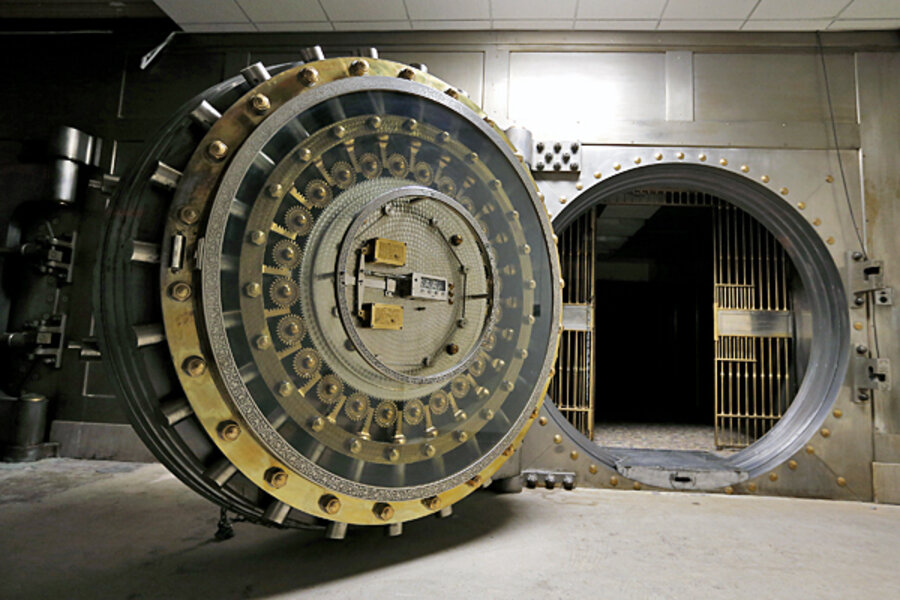Emergency funds: How much should you save for a rainy day?
Loading...
I consider an emergency fund to be an essential part of financial preparedness for every person. If you or your family doesn’t have one, you need to start building one now.
Let’s start off with the basic idea of what an emergency fund is. I like Dave Ramsey’s definition of an emergency fund: An emergency fund is a rainy day fund, an umbrella. It is for those unexpected events in life: a job loss, an unexpected pregnancy, a car transmission going out, and so on. This is not an investment or a Bahamas fund!
Dave goes on to suggest that a person have an emergency fund of $1,000 while they’re paying off high interest debt (any debts above 8% interest or so), but grow that to an emergency fund of three to six months of living expenses when they’re focused on their lower interest debts.
Those are reasonable numbers, but where do they come from? Honestly, I think those numbers are just good, rough approximations of the needs that a typical American will have from their emergency fund.
I think there are several factors that can help you figure out how big your emergency fund needs to be.
The absolute first step you need to take is to understand what a month’s worth of living expenses is for your family. The easiest calculation is to simply figure out how much money goes out of your checking account in a typical month, which you can figure out from checking out your account balances.
Next, do you have any dependents? How many people are depending on your paycheck?
The more people that you have depending on your paycheck, the larger it should be. A good general rule of thumb is to have one month of living expenses for each dependent in your life. So, if you’re married without children, two months of living expenses is a reasonable target.
I believe that dependent count is the largest factor in determining how big an emergency fund could be. The more dependents you have, the more opportunities there are for a real life-altering emergency that can really affect your life and the greater the impact of something like a job loss can have on the financial stability of your family. Because of that, it makes sense to have a larger emergency fund.
Beyond that, do you own a home? If you do, you should have about 2% of your home’s value as an additional amount in your emergency fund to take care of inevitable and unexpected home repairs.
If the roof on your house runs into problems, you’re going to be hit with a big and unexpected bill. The same thing goes with your air conditioning or your furnace. What if an uninsured disaster has a negative impact on your home?
If you don’t have money on hand, emergencies like these can break you. It’s a good idea to have additional money in your emergency fund based on your home value.
So, if your home is worth $200,000, you should have an additional $4,000 on top of the months of living expenses indicated above.
It’s easy to see how these factors add up to give the range that Dave mentions. A single mom with two children living in an apartment might want to look at three months of living expenses, as should a married couple making $50K per year and living in a $200,000 house. On the other hand, a couple with three children in that same $200,000 home might want to consider something more along the lines of a six month emergency fund.
Figure out an emergency fund size that’s right for your life and start saving for it. When things in your life don’t go as planned, you’ll be glad you have it.
The post Figuring Out the Size of Your Emergency Fund appeared first on The Simple Dollar.








